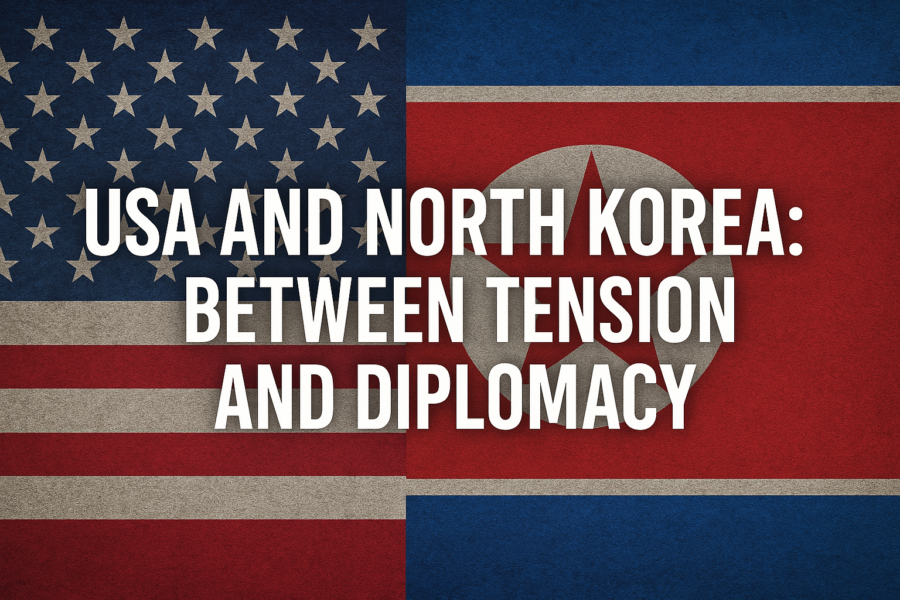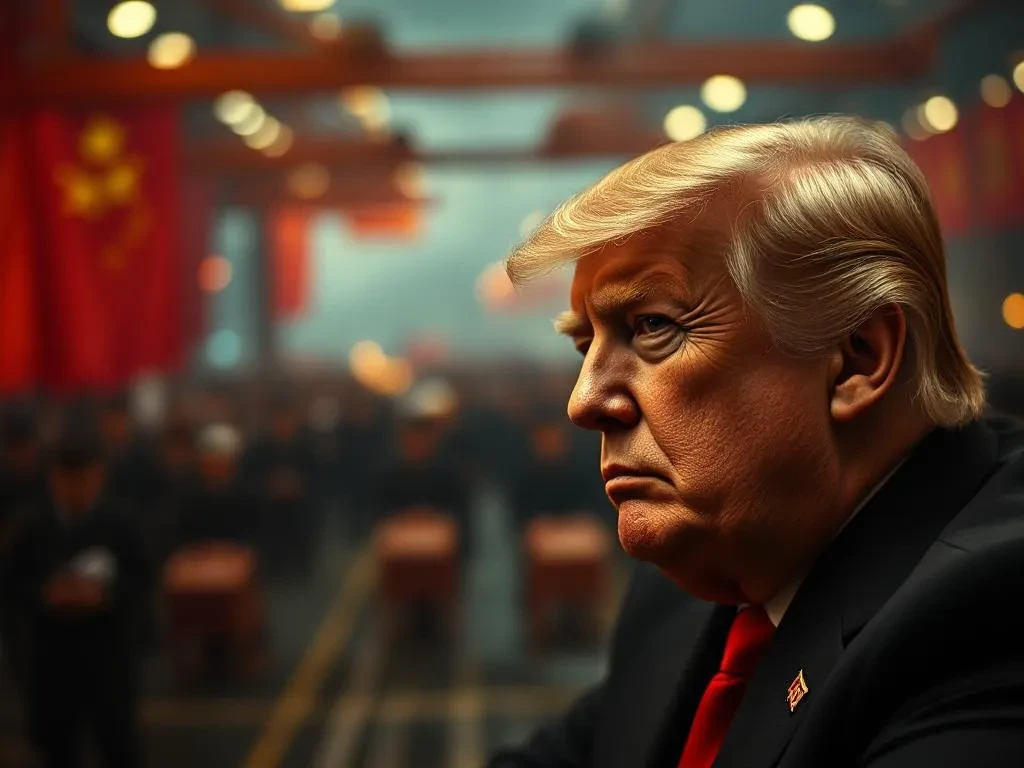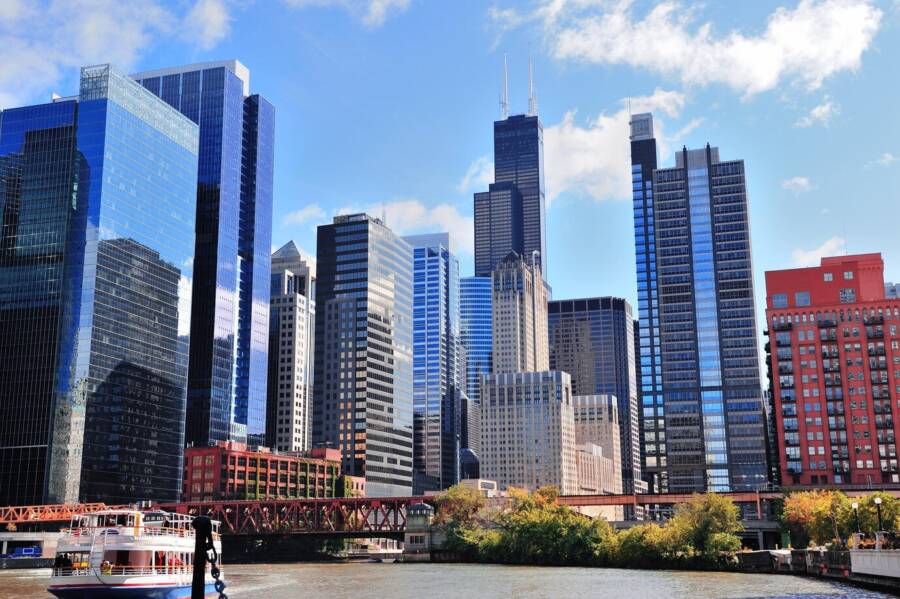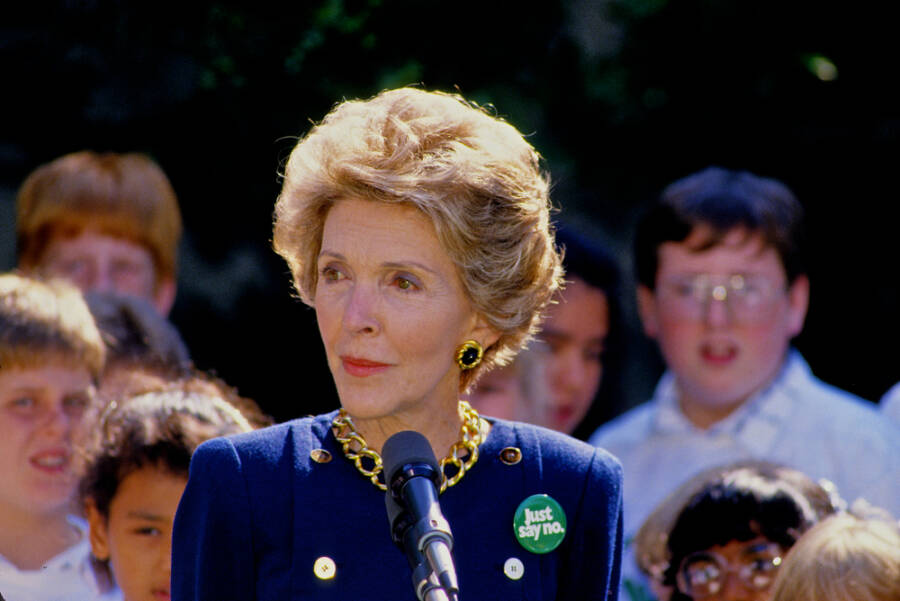Remember the Cold War? There’s this lingering question that we never got an answer to: did it really stay cold? I think the best answer is both yes and no.
On one hand, it’s important to emphasize that a direct attack between the United States and the Soviet Union never really took place. However, these two superpowers did fight indirectly all over the world, fueling ongoing and brutal conflicts over the course of years.
These conflicts, which are also known as proxy wars, entailed the United States and Soviet Union to offer political, financial, and military support to various friendly governments.
The Soviet Union often backed governments and groups that promoted communism, which is a system where government officials decided to control the economy and many different parts of life in a country.
In comparison, the United States generally backed those who were promoting democracy and capitalism, strong systems in which individuals possess way more control over political and economic decisions.
The scale of U.S. and Soviet involvement in such conflicts depended on various circumstances, from all-out invasions to limited covert aid. However, from a bird’s-eye view, these “hot wars” claimed the lives of millions, resulting in political quandaries that are still poignant today. Here’s a list of some of the most relevant “hot wars” and their impact:
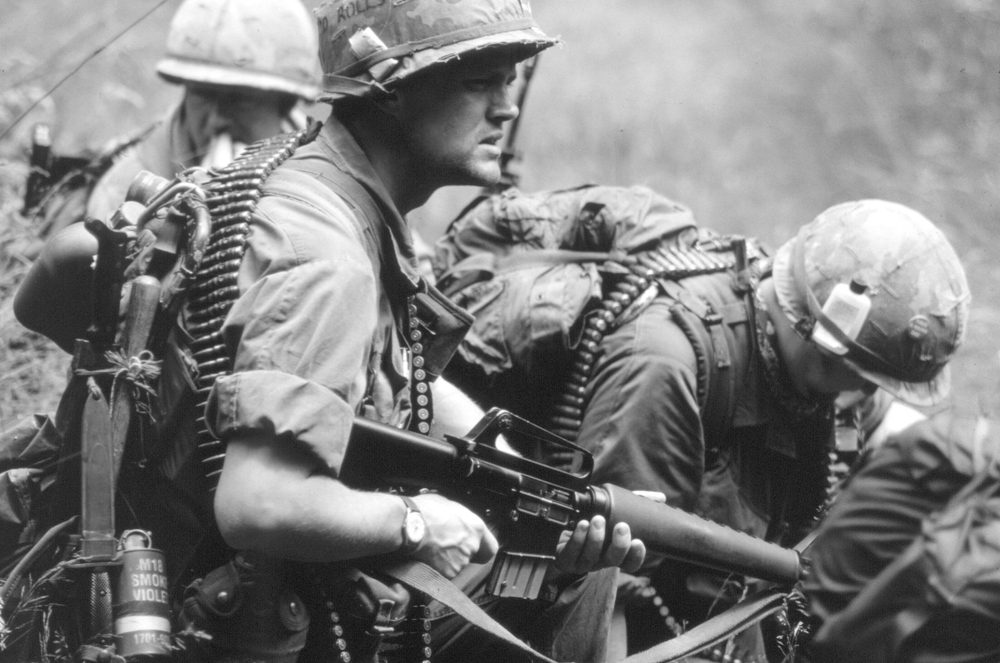
Korea
The Korean War lasted three years, from 1950 to 1953. After World War II, the Soviet Union and the United States decided to split up the Korean peninsula, formerly under Japanese control, into North Korea, which was administered by the Soviet Union, and South Korea, administered by the United States.
In June of 1950, seventy-five thousand North Korean soldiers crossed into South Korea, igniting one of the first military conflicts of the Cold War.
The conflict was basically a civil war to gain control over the peninsula. Unfortunately, it killed between two and four million people, 70% of them being civilians. The war ultimately reached a stalemate with the establishment of a demilitarized zone between these two countries.
What was the U.S. involvement?
The United States military was directly and deeply involved in the Korean War. In fact, millions of Americans served in one way or another, and somewhere around forty thousand died. The United States also offered resources and strategic planning to bolster South Korea.
The Soviet involvement
Even if the Soviets never admitted publicly that they joined the war in Korea, they still provided plenty of military aid and planning capabilities.
Why there?
In 1946, an American diplomat known as George Kennan wrote what later became known as the Long Telegram. In this particular telegram, Kennan outlined Soviet ambitions and why the United States needed to take a hard line and stop Soviet territorial expansion.
The telegram served as the basis for the United States policy of containment, which also dictated using U.S. military force and more than that, guided the U.S. response to a potential Soviet satellite state on the whole Korean peninsula.
For their own part, the Soviets wanted to fully reunite the entire peninsula under one government. It even argued that the military government the United States set up in South Korea was completely anti-democratic. From a territorial point of view, the Korean peninsula is also very close to Russia’s eastern front.
Cuba
The Cuban war lasted between 1953 and 1959. Back in 1952, the Cuban military officer Fulgencio Batista decided to launch a successful military coup, installing himself as Cuba’s head of state.
This further prompted a network of insurgent rebels, with Fidel Castro in front, to form and begin attacks on Batista’s regime, which was also backed by the United States.
After many years of fighting, Castro prevailed and undertook a series of communist reforms, including seizing property from elites and even installing himself as the head of government.
The U.S. involvement
Ongoing tensions between the United States and Cuba rapidly became worse, especially after the Cuban Revolution. The United States was deeply disturbed by the idea of having a communist presence in its vicinity, so it relentlessly attempted to assassinate Castro and undermine his regime.
This also included a disastrous invasion known as the Bay of Pigs, where 1,400 Cuban exiles trained by the CIA stormed the beaches. The CIA managed to anticipate that parts of the Cuban military and people would support this coup, however, the forces were defeated in a matter of days.
In fact, almost 1,200 surrendered and were held captives for many years: 100 were killed. President John F. Kennedy kept on trying to depose Castro but didn’t authorize another land invasion.
The Soviet involvement
The Soviets, once again, weren’t publicly involved during the revolution. However, they did aid Castro’s regime and became an essential trading partner for Cuba. Cuba also served as a Soviet military ally, receiving Soviet weapons as a means to deter more invasion attempts.
Why there?
The United States’ main issue was that Cuba was very close. After all, Cuba lies only one hundred miles off the coast of Florida. In 1962, this worry became impending, especially after U.S. spy planes caught images of Soviet nuclear missile bases in Cuba.
This led to twelve thirteen-day crisis confrontations that are now known as the Cuban Missile Crisis. Ultimately, both sides backed down, even if a small Caribbean country was basically the source of a potential nuclear war.
Vietnam
The Vietnam War is the most famous one, so to speak. It took place between 1955 and 1975. After World War II, Vietnamese soldiers, inspired by decolonization movements all over the world, drove the French out of their territory.
This newly independent country was split into North Vietnam, run by revolutionary communist leader Ho Chi Minh, and South Vietnam, run by U.S.-supported Ngo Dinh Diem.
The United States was quite fearful of the idea that Vietnam and the rest of Southeast Asia might fall under the communist curtain, so it established a stronghold in South Vietnam.
In 1964, the United States decided to increase its military presence in the region, which also stoked hostilities. After many years of guerilla warfare, in which the North Vietnamese were supported by the Soviet Union and China and the war rapidly spread in Laos and Cambodia, the American military’s strategy weakened and the North Vietnamese won.
The U.S. involvement
U.S. soldiers were very involved in the conflict from the very beginning. Engagement surged right after Congress authorized President Lyndon Johnson to send even more troops into the region back in 1965.
Almost sixty thousand American soldiers were killed in action, and the Vietnam War still remains, up to this day, the biggest loss of life for U.S. troops outside the Civil War and the two World Wars.
The Vietnam War also made plenty of U.S. citizens lose their trust in their government, after being lied about military success overseas. This phenomenon caused large-scale protest movements all over the country.
The Soviet involvement
The Soviets funded the North Vietnamese, committing three thousand military advisors who served as de facto troops in the war effort. The victory was taken as a boon for the Soviet Union’s hopes of internationalizing its own ideology, even if Ho Chi Minh wasn’t in lockstep with all Soviet policy.
Why there
The United States, in line with its policy of containment, was deeply concerned that Vietnam’s potential fall to communists might easily cause the surrounding region to follow suit.
However, the military conflict went to another level, because of an unfortunate series of miscalculations about the strength of the North Vietnamese army.
Once mired, five U.S. presidents decided to keep the country involved. None of them really wanted their mandates to be defined by being the first commander-in-chief to definitely lose a war.
Congo
The conflict in Congo took place in between 1960 and 1965. After winning its independence from Belgium in 1960, Congo’s first election had two parties as main characters: one was led by Patrice Lumumba and the other one by Joseph Kasa-Vubu.
Not long after, the wealthy region of Katanga seceded. Then, Belgium sent its troops back in, leading to fears within the country that they might be attempting to reassert colonial rule.
In response, Lumumba made a petition to the United Nations, sending peacekeeper troops. When those proved ineffective, he asked the Soviet Union for aid.
And just like that, it turned into a proxy war, with the United States and Belgium being on Kasa-Vubu’s side, and the Soviet Union supporting Lumumba.
The U.S. involvement
The United States sent military advisors and other types of aid throughout the conflict, trying to establish a strong connection between Congo and the West. The United States also helped Belgium in its attempt to restore order and shape the government of its former colony.
The Soviet involvement
The Soviet Union sent military advisors and economic aid to Lumumba and his faction, which was in alignment with Soviet communism. Initially, the Soviet Union said they would intervene, but ultimately, they decided against it on a large scale.
Why there
The Congo is a big country in Central Africa that’s also extremely rich in natural resources. Both the United States and the Soviet Union wanted the newly independent country in their own political and economic orbit and also wanted to prevent the other from gaining power in the region.
Nicaragua
The conflict in Nicaragua lasted between the 1960s and 1990. Right after the U.S. occupation of Nicaragua ended back in 1933, the Somoza family dynasty came into the picture.
They were quite friendly with the United States, managing to increase their economic development in Nicaragua, but also exaggerating when it came to inequality and overseeing a regime filled with political corruption.
In the first part of the ’60s, an opposition group called the Sandinista National Liberation Front (or Sandinistas) started to strengthen with the help of neighboring communist governments and launched a full-scale guerilla campaign against some government forces in the early 1970s.
By 1979, after many years of bloody conflict, the Sandinistas took control of the government. However, in the early 1980s, a group of exiled Somoza forces also known as the contras, some trained and equipped by the United States, attacked the Sandinista government, backed by the Soviet Union.
Ultimately, after another decade of guerilla warfare full of human rights abuses and corruption that basically left the entire country in shambles, the Sandinistas lost elections in 1990, and the same support was crumbling for communist parties all over the world.
The U.S. involvement
The United States originally supported the Somoza regime, then covertly backed the contras with proper funding and training. The support increased after President Ronald Reagan took office in 1981.
But in 1986, world leaked out that the Reagan administration had been secretly selling arms to the Iranian government (which was under an arms embargo), using those profits to fund the contras in Nicaragua.
The scandal became known as the Iran-Contra Affair, forcing the United States to wind down its support for the Contras.
The Soviet involvement
After the guerilla war, when the contras just started, the Soviet Union (along with its allies in Cuba) poured significant money into aiding the Sandinista government.
Why there
Nicaragua is relatively close to the United States, and it endured arguably one of the bloodiest conflicts in Central America during the Cold War. However, it seems that the country’s civil war can’t be divorced from political unrest in the neighboring countries.
Increased interest in communism, provoked by both the Soviets and decades of government corruption – was quite significant throughout Central America.
In return, the United States launched sustained efforts to eradicate communism from what it has been considered its sphere of influence.

Chile
The conflict in Chile lasted for one year. Back in 1970, Salvador Allende, a well-known socialist politician, was elected president of Chile. Over the course of three years, he tried to nationalize multiple industries, including copper, steel, coal, and Chile’s banks.
The start of those attempts turn out to be quite popular, and in the 1971 midterm elections, Allende’s party won plenty of seats in Chile’s National Congress. Allende’s reforms weren’t as popular among all Chileans or in Washington, for that matter.
In late 1973, the Chilean military, backed by the United States, launched a coup against Allende. As the troops marched into the presidential palace, Allende shot himself.
He was followed by military dictator Augusto Pinochet, who was quite friendly to the United States and ruled the country for over seventeen years.
The U.S. involvement
As mentioned before, the U.S. didn’t directly intervene in Chile, but the CIA tried to stop Allende’s election, encouraging the coup, and supporting Pinochet’s brutal military junta.
The Soviet involvement
The Soviet Union was quite supportive of Allende. Moreover, it pledged political and economic aid to the Chilean government. However, its backing failed to buoy Allende’s government.
Why there
The United States viewed Chile as a country within its sphere of influence. In fact, it feared a communist government might take over. Moreover, President Richard Nixon and Secretary of State Henry Kissinger thought that Allende might serve as a “model” throughout the region for other Marxist politicians. Kissinger initiated talks about a coup right away after Allende’s election.
Afghanistan
Back in 1979, after Afghanistan’s leader was assassinated (he was Soviet-friendly), the Soviet Union decided to intervene militarily and install a Soviet loyalist.
For the next years, Afghan insurgent groups, armed with weapons offered by the United States, waged guerilla warfare against the Soviet-backed government.
By the end of the war, dubbed by Western media as “the Soviet Union’s VIETNAM”, the Soviet Union withdrew and collapsed. Plenty of scholars out there argue that the Soviet invasion of Afghanistan hastened the fall of the Soviet Union altogether.
The U.S. involvement
The United States financially backed the resistance movement commonly known as mujahedeen, funneling money through Pakistan and its intelligence agencies.
They also funneled over $20 billion into resistance groups, the U.S.-built Stinger missile, which then took out Russian helicopters, was especially useful to mujahedeen.
The Soviet involvement
The Soviet Union invaded with its military, taking full control over the country with over one hundred thousand troops. Over the course of war, the Soviets sustained 15,000 casualties, but best estimates suggest that somewhere around 500,000 to 1.5 million Afghan civilians were murdered.
Why there
Afghanistan was the neighbor of the Soviet Union in the south, making it quite important figure in the Soviets’ sphere of influence. In 1979, after the assassination of Aghanistan’s Soviet-friendly leader, the Soviet Union was concerned that the country would move toward the United States. For the Soviets, a U.S.-aligned Afghanistan was simply unacceptable.
If you want to continue reading about this extensive topic, we recommend you check this book.
If you found this article useful, we also recommend checking: How Trump’s Hush Money Trial Verdict Could Affect the 2024 Election



